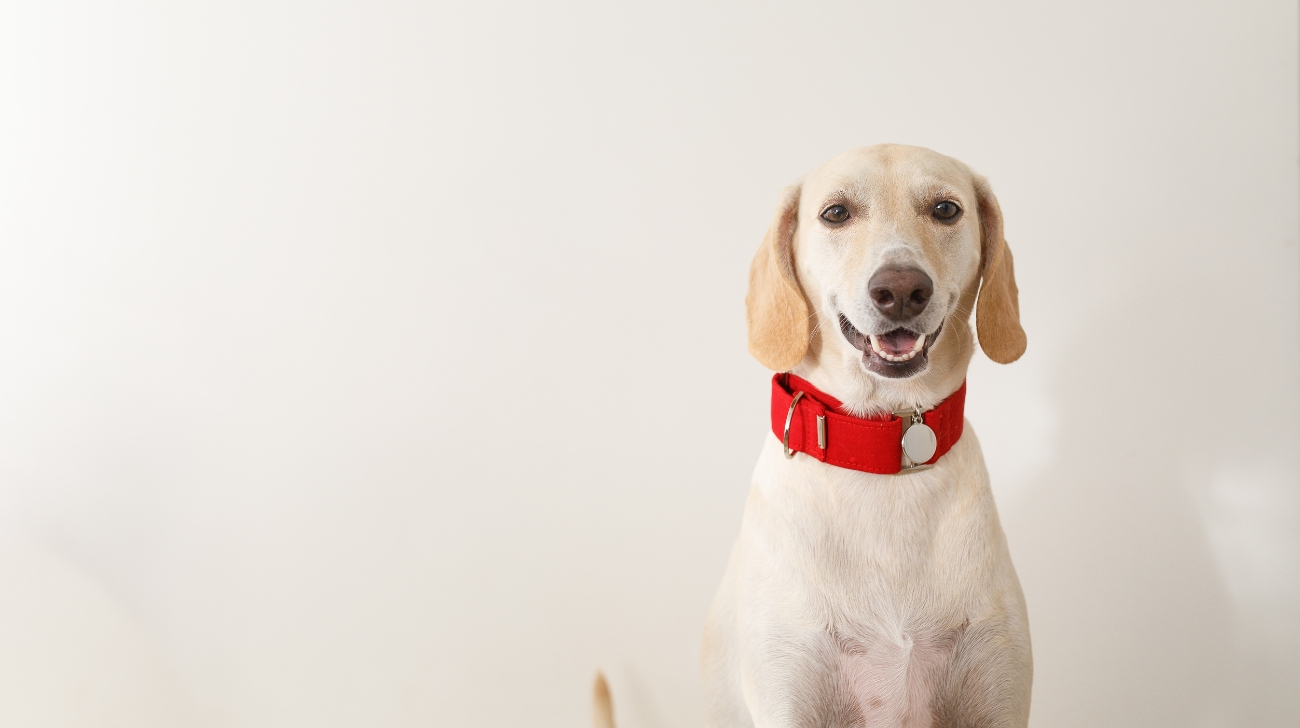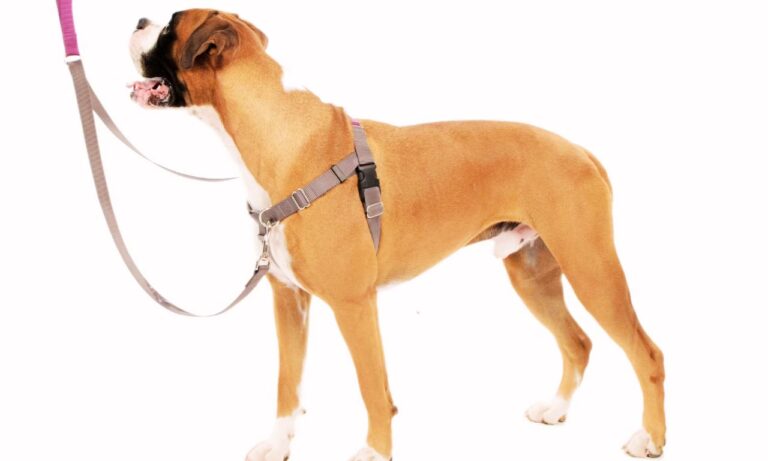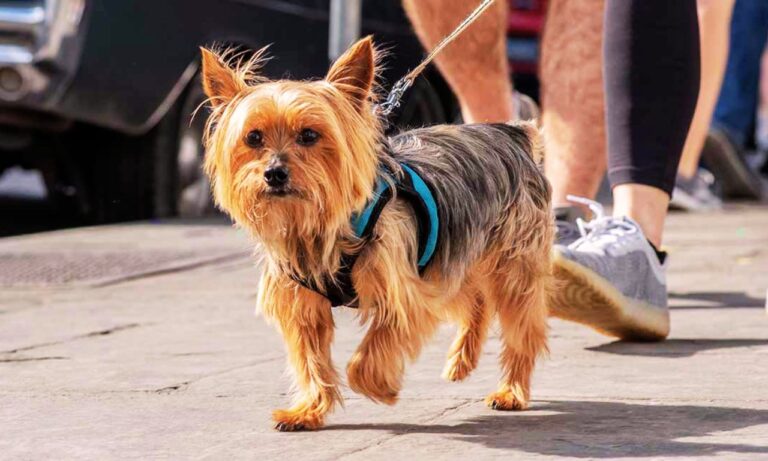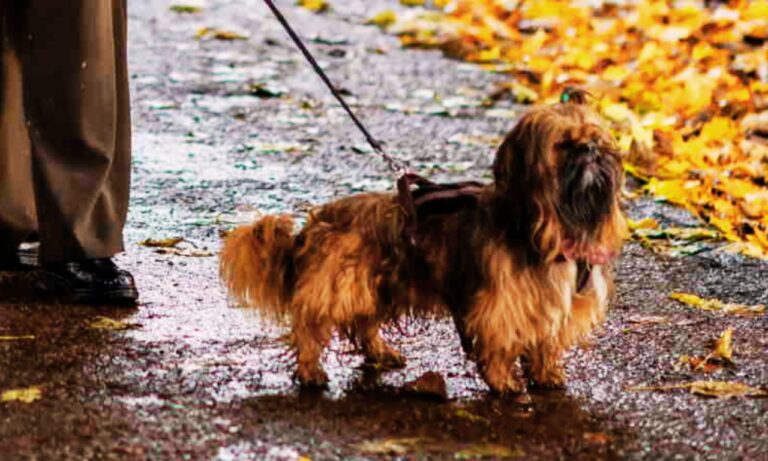When it comes to letting puppies sleep with collars on, there are several factors to consider for their safety, comfort, and overall well-being. While collars are essential for identification and control during walks, they may pose risks if left on during sleep. Here’s a detailed exploration of the potential hazards, benefits, and best practices for deciding whether your puppy should sleep with a collar on. So, Can Puppies Sleep with Collars On? Do shock collars work for bad behavior in dogs? Learn about the effectiveness and considerations of using shock collars to correct a dog’s bad behavior.
Blog Highlights
Toggle1. Potential Risks of Sleeping with a Collar
So, Can Puppies Sleep with Collars On? Leaving a collar on your puppy while they sleep can lead to several dangers, primarily related to strangulation, skin irritation, and discomfort.

- Strangulation Hazard: One of the most significant risks is the possibility of strangulation. If the collar gets caught on furniture, a crate, or other objects, the puppy could panic, causing the collar to tighten and potentially leading to suffocation. This risk is especially high for puppies who sleep in crates, as the collar can get snagged on the bars or other parts of the crate, leading to a choking incident. In fact, many professional kennels and dog daycares have strict policies against leaving collars on unattended dogs due to these risks.
- Skin Irritation and Sores: Prolonged wear of a collar can cause skin irritation, pressure sores, or even hair loss, especially if the collar is too tight or made of rough materials. Puppies have sensitive skin that can easily become chafed or develop sores from the constant friction of a collar rubbing against their neck during sleep. Removing the collar at night allows the skin to breathe and prevents these issues from developing.
- Chewing and Swallowing Hazards: Puppies are naturally curious and may chew on their collars if left on during sleep. This can lead to pieces breaking off and potentially being swallowed, causing internal injuries or choking. This risk is particularly concerning for puppies left alone for extended periods, as they may try to entertain themselves by chewing on their collar. Does a shock collar work on a German Shepherd? Explore whether shock collars are a suitable training tool for German Shepherds.
2. Benefits of Removing the Collar at Night
Removing your puppy’s collar at night offers several advantages, including increased comfort, reduced risk of injury, and better sleep quality.
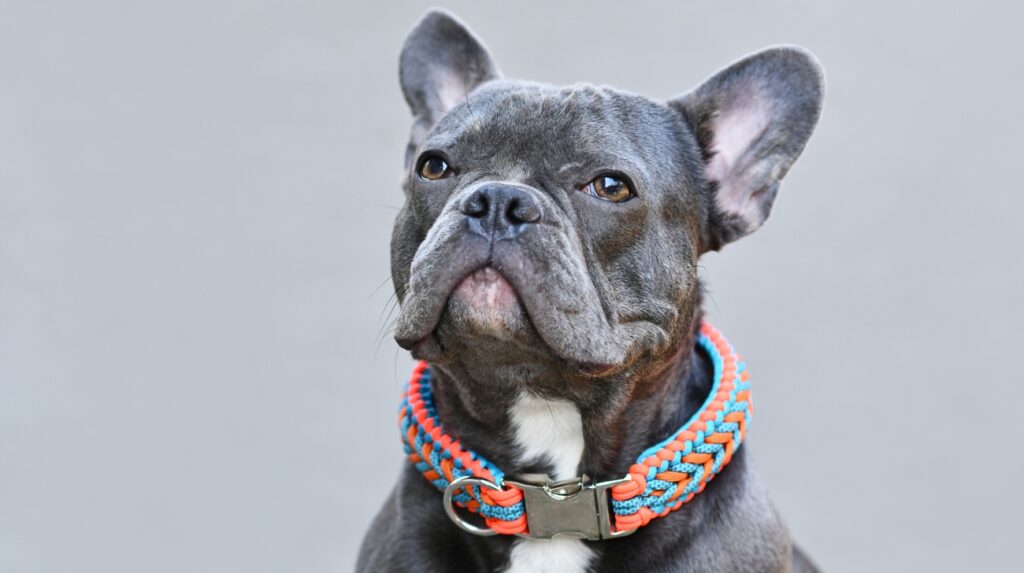
- Improved Comfort and Sleep Quality: Just like humans, puppies may find it uncomfortable to sleep with something tight around their necks. Removing the collar can provide a sense of relief, allowing the puppy to sleep more comfortably and restfully. This is especially important for puppies that are still growing, as their neck size changes rapidly, and a collar that fits one week may become tight the next.
- Preventing Behavioral Issues: Puppies that are irritated by their collars may develop anxiety or exhibit behaviors such as scratching, restlessness, or aggressive chewing. By removing the collar at night, you help prevent these behaviors and create a positive association with wearing a collar during waking hours.
- Reduced Risk of Hair Matting and Loss: Continuous contact with a collar can cause matting of the fur or even hair loss around the neck area. This is particularly common with collars that are too tight or made from materials that do not allow the skin to breathe. Taking the collar off at night can help maintain the natural look and health of your puppy’s coat. Best dog shock collar for German Shepherd – Find out which shock collars are most effective and recommended for training German Shepherds.
3. Situations Where Sleeping with a Collar May Be Necessary
While there are many reasons to remove a collar at night, there are situations where it might still be necessary:
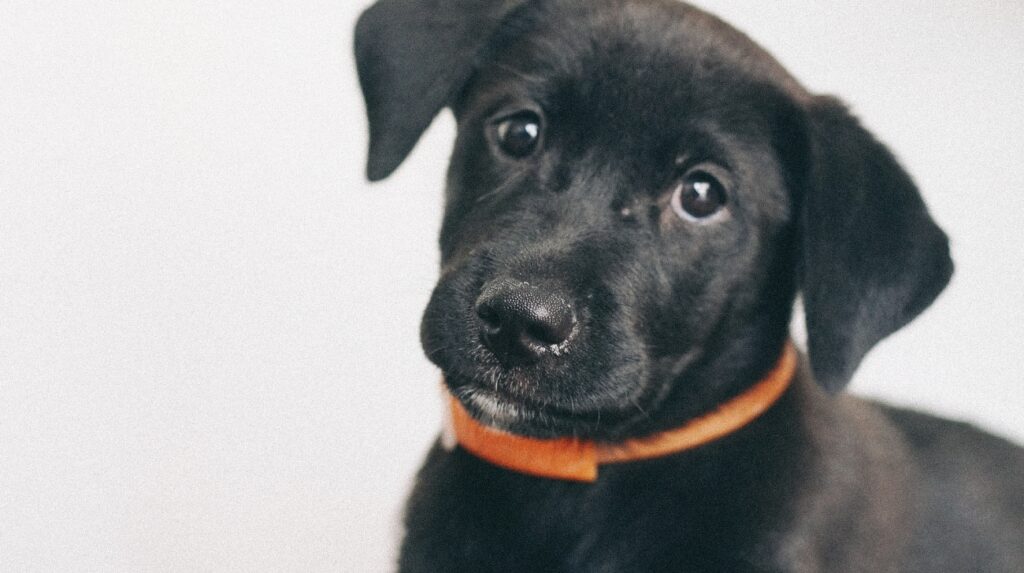
- Identification and Safety: If your puppy is known to be an escape artist or if you live in an area where there is a high risk of the puppy getting lost, keeping a collar with identification tags on at all times might be beneficial. In these cases, consider a breakaway collar that releases under pressure to minimize the risk of strangulation while still providing identification.
- Security Concerns: If your home has a doggy door or your puppy has access to outdoor spaces at night, a collar with identification may be crucial for safety reasons. However, this needs to be balanced against the potential risks mentioned earlier. How to use a remote dog training collar – Learn step-by-step instructions on effectively using a remote training collar for dogs.
4. Choosing the Right Type of Collar for Nighttime Safety
If you decide that your puppy should wear a collar at night, selecting the right type is crucial:
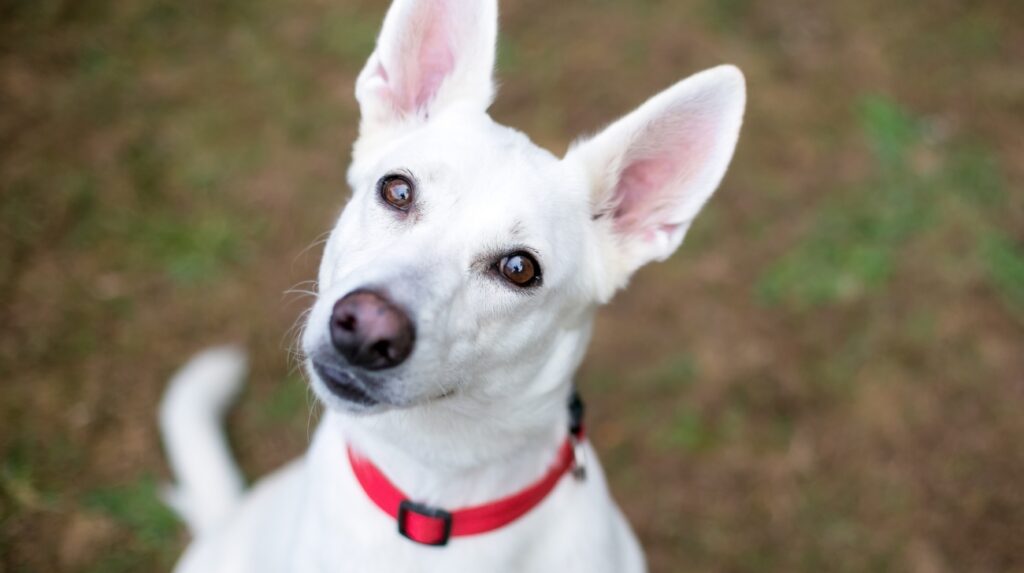
- Breakaway Collars: These collars are designed to break apart under pressure, reducing the risk of strangulation if the collar gets caught on an object. They provide a safer option for puppies who need to wear a collar at all times.
- Soft, Lightweight Collars: Opt for collars made from soft, lightweight materials that are less likely to cause irritation or discomfort. Avoid heavy or thick collars that may be cumbersome or restrictive during sleep.
- Proper Fit: Ensure the collar fits correctly. It should be snug enough not to slip off but loose enough to allow two fingers to fit comfortably between the collar and your puppy’s neck. Regularly check the fit as your puppy grows, adjusting or replacing the collar as needed.
5. Best Practices for Collar Use at Night
To ensure the safety and comfort of your puppy, follow these best practices:
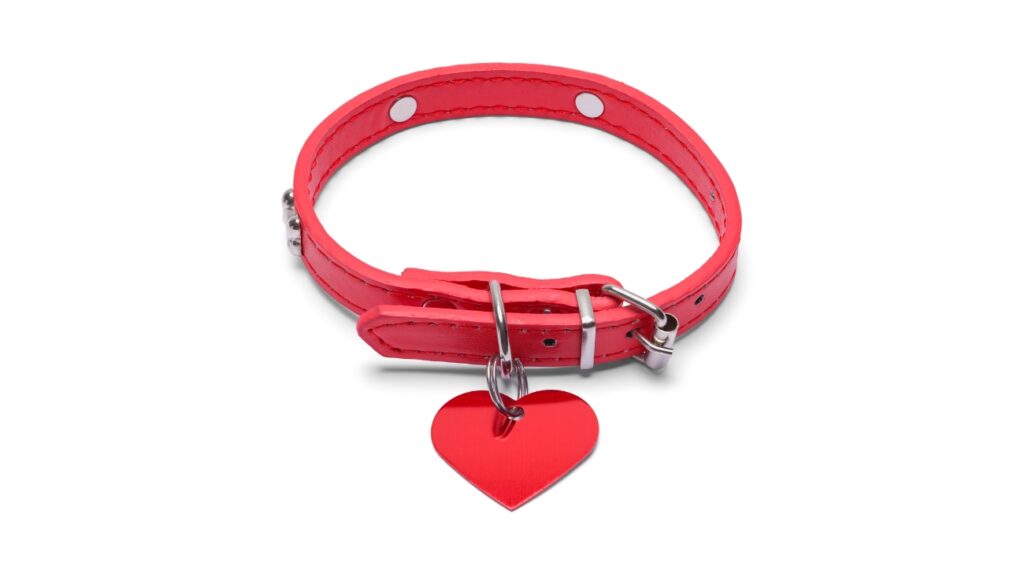
- Supervised Wear Only: Whenever possible, remove the collar during unsupervised time, including at night. This helps eliminate the risks associated with collar entanglement, irritation, or discomfort.
- Frequent Inspections: Regularly inspect the collar for signs of wear and tear, such as fraying or broken buckles. Replace worn collars promptly to prevent accidents.
- Gradual Acclimation: Help your puppy get used to wearing a collar gradually by letting them wear it for short periods during the day. Use positive reinforcement to create a positive association with wearing the collar. What is the difference between an E-collar and a shock collar? Understand the key differences between an E-collar and a shock collar for dog training.
Frequently Asked Questions About Puppies Sleeping with Collars
To further help you understand the implications of letting puppies sleep with collars on, here are answers to some frequently asked questions that dog owners often have.
1. Should a Puppy Wear a Collar While Sleeping?
Most experts recommend that puppies should not wear a collar while sleeping. This recommendation stems from the various risks associated with collars, such as choking, skin irritation, and potential for accidents if the collar gets caught on an object. Allowing your puppy to sleep without a collar ensures they are comfortable and free from the risk of injury during the night. Instead, collars should be used primarily when puppies are outside or in situations where they need to be identified quickly or controlled on a leash.
2. Are Breakaway Collars Safe for Puppies to Sleep In?
Breakaway collars are designed to release automatically when a certain amount of pressure is applied, making them safer than regular collars for situations where entanglement or choking is a risk. While they provide an added layer of safety, they are not completely risk-free. For puppies, whose sleeping behavior can be unpredictable, the safest option is still to remove the collar entirely when unsupervised. Breakaway collars are best used in situations where the puppy is roaming freely in a secure, enclosed area or around other dogs, where tangling might occur.
3. How Can I Train My Puppy to Wear a Collar Comfortably?
Training a puppy to wear a collar comfortably is a gradual process that involves positive reinforcement. Start by letting your puppy wear the collar for short periods while providing treats and affection to create a positive association. Gradually increase the duration as the puppy becomes accustomed to the collar. Avoid forcing the collar on your puppy or using negative reinforcement, as this can create anxiety or fear around wearing the collar. Always ensure the collar fits correctly and is made of comfortable, lightweight material suitable for puppies.
4. Can Flea Collars Be Left On Puppies Overnight?
Flea collars are a specific type of collar that releases chemicals to protect against fleas and ticks. While effective for pest control, they can pose a risk if left on overnight, especially for puppies. Flea collars contain pesticides that can cause allergic reactions, skin irritation, or even poisoning if chewed or ingested. Additionally, the constant release of chemicals near the puppy’s face can be overwhelming and potentially harmful over time. It is advisable to consult a veterinarian before using flea collars and to remove them during sleep to minimize exposure.
Final Words
Ultimately, the decision of whether a puppy should sleep with a collar on depends on various factors, including the puppy’s behavior, environment, and specific needs. While there are situations where leaving a collar on might be necessary, such as for identification purposes, the potential risks of strangulation, skin irritation, and discomfort generally outweigh the benefits for most puppies. Therefore, it is recommended to remove the collar during sleep whenever possible to ensure the safety and comfort of your puppy. Best remote control dog training collar – Discover top-rated remote control collars for effective dog training.
For those times when a collar must be worn, opt for a breakaway design or a soft, lightweight collar that minimizes risk. By carefully considering your puppy’s unique needs and environment, you can make the best decision to keep them safe and comfortable. Hope so, now you know Can Puppies Sleep with Collars On.

